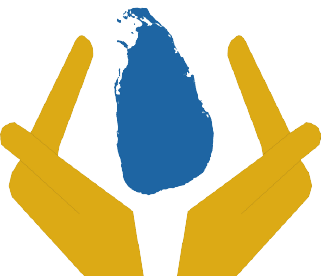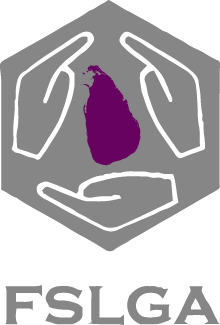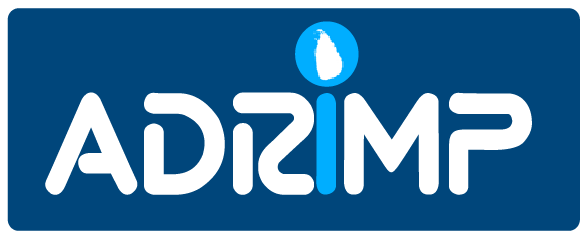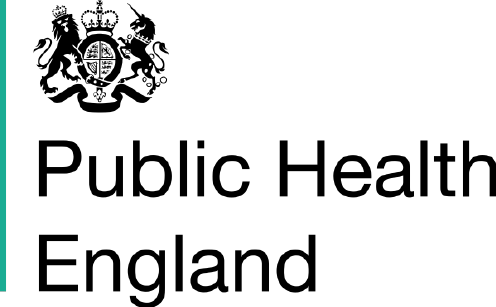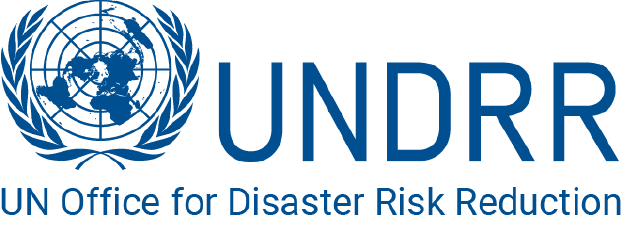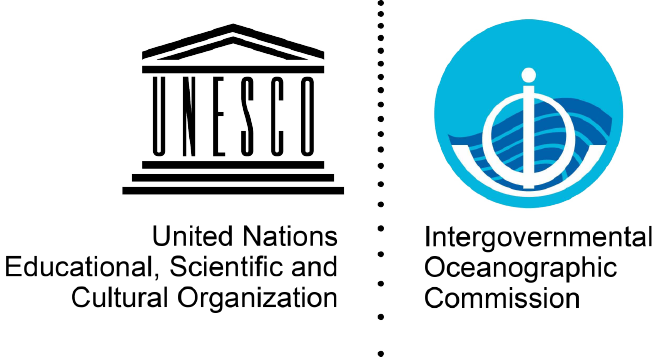Home
A new project, funded by the EPSRC, UKRI GDRF, set out with the aim of
improving COVID-19 and pandemic preparedness and response through the
downstream of multi-hazard early warning systems.
Many countries now recognise the need for improved pandemic
preparedness. The WHO has declared COVID-19 a pandemic, but its
underlying factors, vulnerabilities and impacts go far beyond the health sector.
COVID-19 has overwhelmed health systems and caused widespread social &
economic disruption in Sri Lanka, including an estimated Rs 900billion / 6%
GDP to the economy, especially the tourism, agriculture, garment and service
sectors.
By putting societies and economies on hold, Sri Lanka has curtailed the virus’
spread. These defensive measures have helped to limit the short-term impacts
of the virus, but also resulted in a shift of priorities that disproportionately
affect disadvantaged groups, including people in poverty, displaced people
and refugees, who most often live in overcrowded and under resourced
settings.
Current COVID-19 measures have also exposed gaps in the country’s DRR
(disaster risk reduction) strategies, which have failed to address pandemics and
other biological hazards. Government agencies are already stretched trying to
manage theCOVID-19 response, but how would they cope if another natural
hazard occurred concurrently, such as the seasonal Southwest Monsoon
which is expected to increase dengue cases? COVID-19 protocols may create
ambiguity or confusion with regards to other hazard warning services, as well
as with response actions like evacuation for tsunami.
There are also opportunities for pandemic preparedness and response to make
better use of the existing infrastructure, including other hazards’ early warning
protocols. Addressing these will require the integration of pandemics into a
multi-hazard, national and local strategy for DRR, advocated in SFDRR, but not
implemented. It will also necessitate a multi-stakeholder approach to
collectively examine impacts, coordinate fiscal, monetary, and social measures,
share practices and lessons learned.
improving COVID-19 and pandemic preparedness and response through the
downstream of multi-hazard early warning systems.
Many countries now recognise the need for improved pandemic
preparedness. The WHO has declared COVID-19 a pandemic, but its
underlying factors, vulnerabilities and impacts go far beyond the health sector.
COVID-19 has overwhelmed health systems and caused widespread social &
economic disruption in Sri Lanka, including an estimated Rs 900billion / 6%
GDP to the economy, especially the tourism, agriculture, garment and service
sectors.
By putting societies and economies on hold, Sri Lanka has curtailed the virus’
spread. These defensive measures have helped to limit the short-term impacts
of the virus, but also resulted in a shift of priorities that disproportionately
affect disadvantaged groups, including people in poverty, displaced people
and refugees, who most often live in overcrowded and under resourced
settings.
Current COVID-19 measures have also exposed gaps in the country’s DRR
(disaster risk reduction) strategies, which have failed to address pandemics and
other biological hazards. Government agencies are already stretched trying to
manage theCOVID-19 response, but how would they cope if another natural
hazard occurred concurrently, such as the seasonal Southwest Monsoon
which is expected to increase dengue cases? COVID-19 protocols may create
ambiguity or confusion with regards to other hazard warning services, as well
as with response actions like evacuation for tsunami.
There are also opportunities for pandemic preparedness and response to make
better use of the existing infrastructure, including other hazards’ early warning
protocols. Addressing these will require the integration of pandemics into a
multi-hazard, national and local strategy for DRR, advocated in SFDRR, but not
implemented. It will also necessitate a multi-stakeholder approach to
collectively examine impacts, coordinate fiscal, monetary, and social measures,
share practices and lessons learned.
Disclaimer:
UK Research and Innovation accepts no liability, financial or otherwise, for
expenditure or liability arising from the research funded by the Grant except as
set out in these Terms and Conditions, or otherwise agreed in writing




UK Research and Innovation accepts no liability, financial or otherwise, for
expenditure or liability arising from the research funded by the Grant except as
set out in these Terms and Conditions, or otherwise agreed in writing





Consortium
The project continues for 18 months with many identified deliverables from the consortium. The consortium comprises of the University of Huddersfield (the Lead partner), University of Colombo, University of Moratuwa and the Ministry of Health Sri Lanka as the co-investigators and the Disaster Management Centre, Sri Lanka, the federation of Sri Lankan Local Government Authorities, Sri Lanka, the Association of Disaster Risk Management Professionals of Sri Lankan, Asian Disaster Preparedness Centre, Thailand, Greater Manchester Combined Authority, UK, Public Health England, UNDRR, the ICG/IOTWMS of the IOCUNESCO Working Group 1 as the other partners during this 18 months period.
Co-Investigators
Work packages
The research has 6 Work Packages (WP) that correspond to the objectives of the project. The WP structure,
Work Package 1
| Description | Research question | Objectives |
|---|---|---|
| WP1 will provide a common conceptual basis for the multi-disciplinary team that facilitates an inter-disciplinary approach to delivering the project. The team will develop a conceptual framework on the key actors and processes involved in COVID-19 and other pandemic warning and dissemination processes. This will be based on desk studies and interviews. The framework will reflect natural hazard/pandemics interface, and how DRR and resilience building interventions can be re-oriented to meet the challenges of recent COVID pandemic. We will also establish baseline practices and capacities, challenges and gaps, and existing best practices and develop systems thinking-based activities that can be piloted with relevant stakeholders to facilitate the articulation of connections (e.g. through influence diagrams). | RQ 1 - Who are the key actors and what are the processes involved in the preparation of COVID-19 and other pandemic warning and dissemination processes? | To identify the key actors and what are the processes involved in the preparation of COVID-19 and other pandemic warning and dissemination processes |
Work Package 2
Work Package 3
Work Package 4
Work Package 5
Work Package 6
Contact Us
Professor Dilanthi Amaratunga
d.amaratunga@hud.ac.uk
Global Disaster Resilience Centre
School of Applied Sciences,
University of Huddersfield, UK
Professor Richard Haigh
r.haigh@hud.ac.uk
Global Disaster Resilience Centre
School of Applied Sciences,
University of Huddersfield, UK
d.amaratunga@hud.ac.uk
Global Disaster Resilience Centre
School of Applied Sciences,
University of Huddersfield, UK
Professor Richard Haigh
r.haigh@hud.ac.uk
Global Disaster Resilience Centre
School of Applied Sciences,
University of Huddersfield, UK





